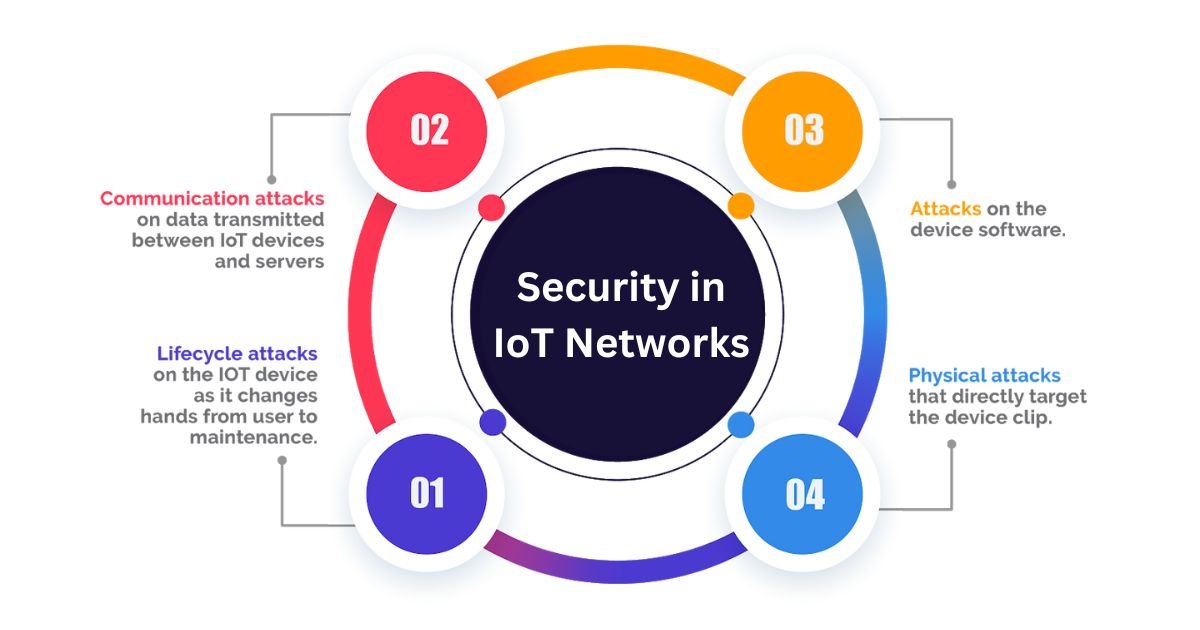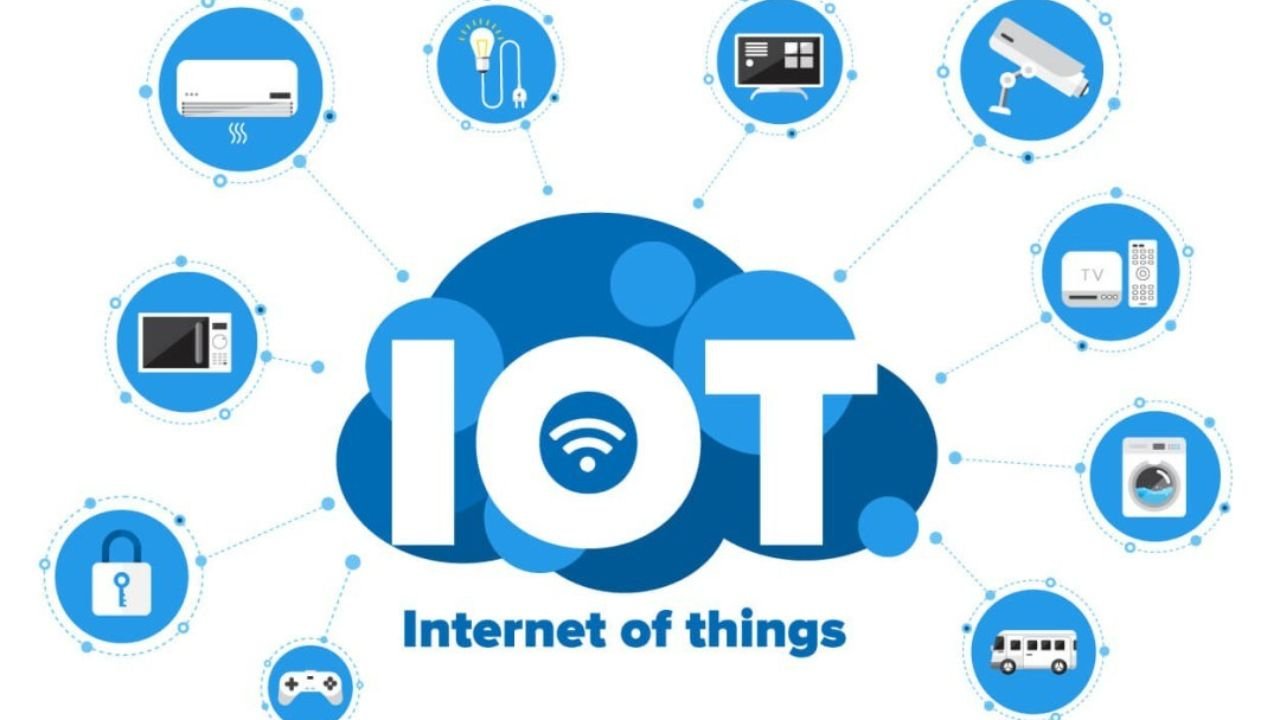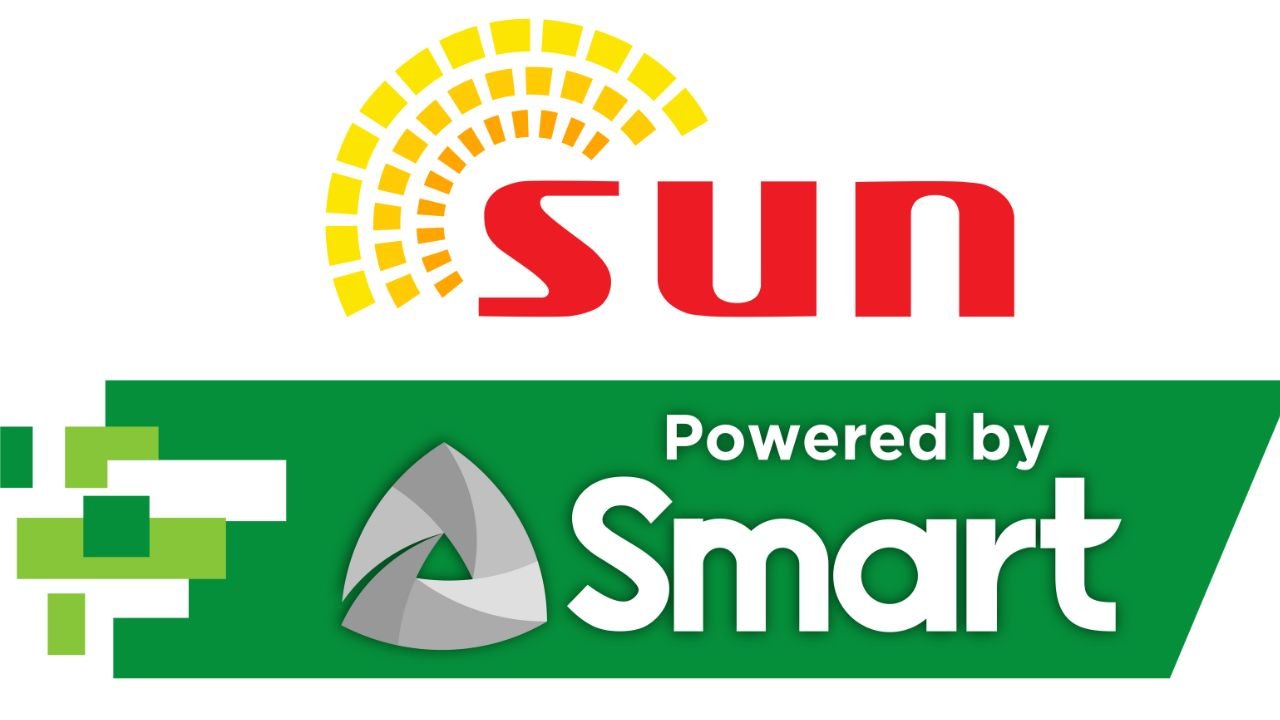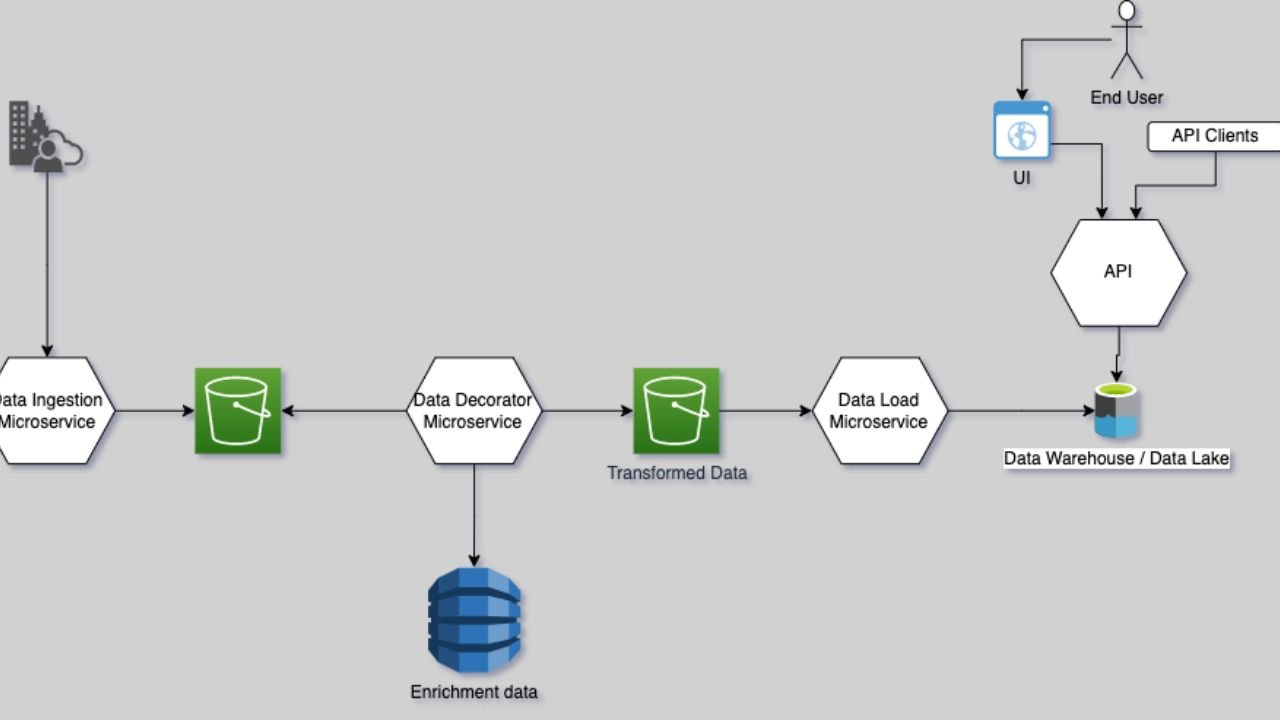Welcome to a journey into the heart of IoT connectivity. As the Internet of Things continues to revolutionize industries and everyday life, understanding the standards and protocols governing its operation becomes increasingly crucial. In this extensive guide, we navigate through the maze of IoT standards and protocols, shedding light on their significance, intricacies, and implications.
Connecting the Dots: Unraveling IoT Standards and Protocols
Navigating Through the IoT Universe
Embark on a journey through the expansive realm of IoT, where devices, sensors, and systems seamlessly communicate to drive efficiency and innovation. Discover the interconnected web of technologies shaping the future of connectivity.
Understanding IoT Standards
Delve into the world of IoT standards, exploring the frameworks and guidelines that govern interoperability, security, and scalability in ecosystems. Gain insights into the foundational principles that underpin the seamless operation of connected devices.
Deciphering IoT Protocols
Unravel the diverse landscape protocols, from wireless communication standards to application-layer protocols, each playing a crucial role in facilitating data exchange and interaction among devices. Explore the intricate protocols governing the flow of information in interconnected networks.
The Evolution of IoT Connectivity
Trace the evolution of IoT connectivity standards, from traditional protocols to emerging technologies such as 5G and LPWAN, shaping the future deployment and adoption. Witness the transformative impact of evolving connectivity on the landscape.
Challenges and Opportunities
Examine the challenges and opportunities inherent standardization, from compatibility issues to the potential for innovation and collaboration in driving industry-wide adoption. Navigate the complexities of standardization while uncovering opportunities for growth and advancement.
Security in IoT Networks

Explore the critical importance of security in networks, addressing vulnerabilities, encryption protocols, and best practices for safeguarding data and privacy in interconnected ecosystems. Safeguard the integrity and confidentiality data through robust security measures.
Interoperability and Compatibility
Delve into the significance of interoperability and compatibility in deployments, ensuring seamless integration and communication across diverse devices and platforms. Foster collaboration and synergy among interconnected devices through interoperable standards.
Scalability and Flexibility
Understand the importance of scalability and flexibility in architectures, enabling seamless expansion and adaptation to evolving requirements and environments. Design scalable solutions capable of accommodating dynamic demands and changing landscapes.
Data Management and Analytics
Explore the role of data management and analytics inecosystems, leveraging insights from sensor data to drive informed decision-making and optimize operational efficiency. Harness the power of data analytics to extract actionable insights and drive continuous improvement.
Regulatory Landscape
Navigate the regulatory landscape governing IoT deployments, addressing compliance requirements, privacy regulations, and industry standards shaping the future of connected devices. Ensure adherence to regulatory frameworks while fostering innovation and growth.
Industry Applications
Discover real-world applications standards and protocols across industries, from smart cities and healthcare to agriculture and manufacturing, revolutionizing processes and enhancing productivity. Explore the diverse array of use cases driving adoption and innovation.
Future Trends
Anticipate future trends in IoT standards and protocols, from the proliferation of edge computing to the convergence with artificial intelligence and blockchain technologies, unlocking new possibilities for innovation and disruption. Stay ahead of the curve by embracing emerging technologies and trends in the dynamic IoT landscape.
FAQs
1. How do IoT standards ensure interoperability among devices?
IoT standards establish common frameworks and protocols for communication, ensuring that devices from different manufacturers can seamlessly exchange data and commands. By adhering to standardized protocols, IoT devices can communicate effectively regardless of their origin or specifications.
2. What are the key challenges in IoT standardization?
Challenges in IoT standardization include addressing diverse use cases and requirements, ensuring security and privacy, and navigating regulatory compliance across jurisdictions. Standardizing IoT protocols and frameworks requires collaboration and consensus among stakeholders to overcome these challenges and establish universal standards.
3. How do IoT protocols facilitate communication between devices?
IoT protocols define rules and formats for data exchange and communication, enabling devices to transmit and receive information over network connections. Whether it’s through wireless protocols like Wi-Fi and Bluetooth or application-layer protocols like MQTT and CoAP, IoT protocols play a vital role in establishing communication channels between interconnected devices.
4. What role does security play in IoT deployments?
Security is paramount in IoT deployments to protect against cyber threats, safeguard sensitive data, and ensure the integrity and reliability of connected systems. Implementing robust security measures, such as encryption, authentication, and access control, is essential to mitigate risks and maintain the trustworthiness of IoT ecosystems.
5. How are IoT standards evolving to meet emerging needs?
IoT standards are continuously evolving to accommodate emerging technologies and use cases, adapting to advancements in connectivity, security, and data analytics. From the development of new protocols to the enhancement of existing standards, the evolution of IoT standards reflects the dynamic nature of the IoT landscape and the evolving needs of stakeholders.
6. What are some promising applications of IoT in healthcare?
IoT technologies hold promise in healthcare for remote patient monitoring, personalized medicine, and improving operational efficiency in healthcare facilities. By leveraging IoT devices and sensors, healthcare providers can deliver more proactive and personalized care while optimizing resource utilization and patient outcomes.
Conclusion
In conclusion, unraveling the complexities of IoT standards and protocols is essential for navigating the ever-expanding landscape of connected devices and systems. By understanding the frameworks, protocols, and challenges shaping the IoT ecosystem, stakeholders can harness the full potential of IoT to drive innovation, efficiency, and growth across industries.



